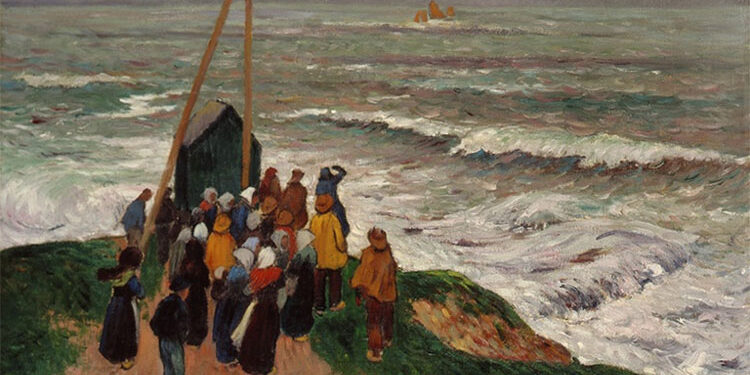Until 5 January 2025, the Recoletos Room of the Fundación Mapfre (Paseo Recoletos, 23) presents the exhibition Paul Durand-Ruel and the last flashes of impressionism.
In 1865, Paul Durand-Ruel (1831-1922) took over the gallery that his father Jean had founded. Over the years, he became one of the best known traders in Paris. He devoted much of his life to the protection and defense of modern art against those who advocated a painting of academic character.
Durand-Ruel first supported painters such as Eugène Delacroix and Gustave Courbet, as well as the so-called «Barbizon School» (Camille Corot, Charles-François Daubigny or Jean-François Millet, among others), to soon undertake his most famous venture: the promotion of impressionist artists, including Claude Monet, Auguste Renoir and Camille Pissarro. In the last decade of the 19th century, Durand-Ruel embarked on a new (and less well known) adventure: to support and disseminate a new generation of painters, that formed by Albert André, Georges d’Espagnat, Gustave Loiseau, Maxime Maufra and Henry Moret.
Heirs of impressionism, they worked in a turbulent and stimulating artistic context, where the personal proposals of Van Gogh and Cézanne, the neo-impressionist experimentation of Georges Seurat and Paul Signac or the synthetic research of Paul Gauguin lived together. Although they have traditionally been classified as ‘post-impressionist generation’, their work shows various tendencies, from the affinity to the impressionism of the landscape designers Moret, Maufre and Loiseau to the preference for genre scenes, the portraits and decorative paintings of D’Espagnat and André.







